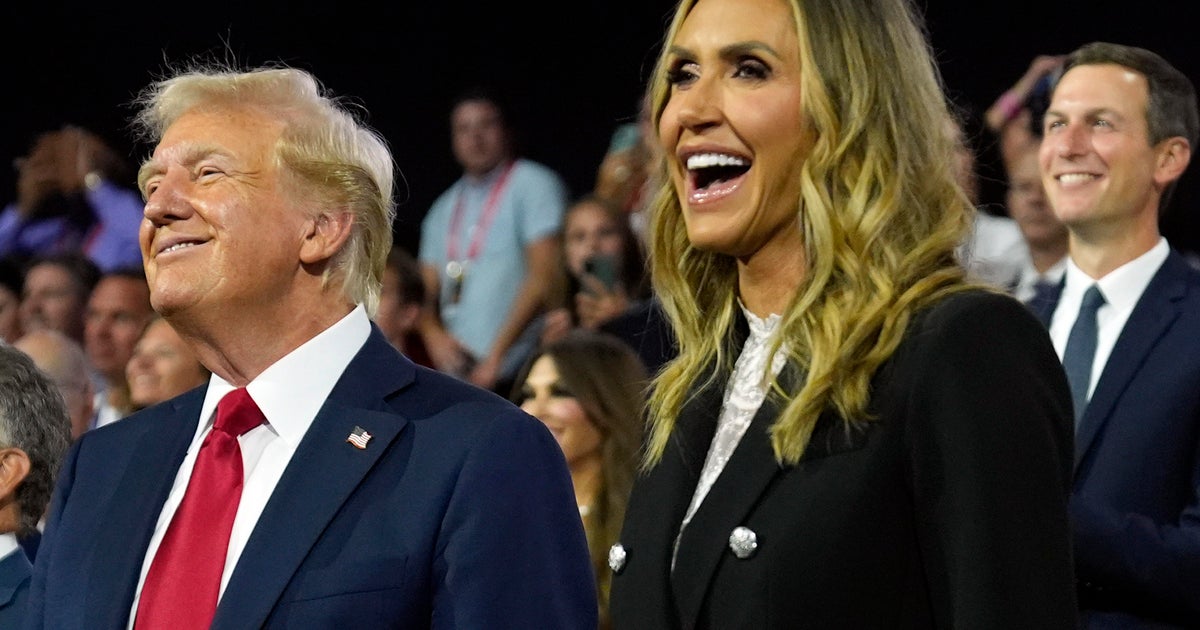Samantha Smith, the fifth-grader from Maine who became "America's Littlest Diplomat"
In 1982, at one of the frostiest moments in the Cold War, a fifth-grade girl from Manchester, Maine named Samantha Smith wrote a letter to Soviet Union Leader Yuri Andropov. "I have been worrying about Russia and the United States getting into a nuclear war," she wrote. "Are you going to vote to have a war or not? If you aren't, please tell me how you are going to help not have a war. P.S. Please write back."
As she explained to CBS News at the time, Samantha said, "It's a little bit hard to understand the news, because they put it in grown-up words."
But when Andropov did write back, it made national news.
She went on "Nightline," with Ted Koppel:
Koppel: "You've got quite a pen pal there, Samantha. What did he write to you?"
Smith: "Well, I asked him why he wanted to conquer the world. And he wrote back to me and said he wanted nothing of the kind."
In his letter Andropov invited Samantha and her parents to visit the Soviet Union, where she was treated like a superstar.
Laurie Labar, curator of the Maine State Museum in Augusta, showed Rocca Polaroid pictures Samantha had taken of the crowds. She said, "There's a couple pictures here where you just see there's photographers everywhere" - all busy taking pictures of her.
During their two-week trip, Samantha became one of the Cold War's most improbable peace ambassadors. Why the Kremlin invited Samantha to the USSR was a matter of speculation.
"That was one of the concerns that people had in the United States about her going, that she was gonna be a tool of the Soviets, a propaganda dupe," said Labar. "I don't think anybody was prepared for Samantha, frankly, because she was guileless. I think that just enchanted everybody."
At Camp Artek in Crimea, Samantha was welcomed by thousands of Soviet kids, few of whom had ever even met an American. In a camp tradition, she threw a bottle with a message of peace into the Black Sea.
An editorial cartoon by Don Wright, of The Miami Herald, depicts Samantha Smith leaping from one nation's nuclear warhead to another, "which I thought was a fabulous encapsulation of her whole trip," said Labar.
Back home in Maine, Samantha was greeted with a parade, and she charmed Johnny Carson on "The Tonight Show."
Johnny Carson: "Do you know what Bolshoi means?"
Smith: "Great."
Carson: "Yes, great, or big. That's all it means."
Smith: "I thought you didn't know Russian."
Today at Manchester Elementary, the very school Samantha went to 40 years ago, students learn about her peace mission.
One student, Meika, said, "She communicated with love and kindness, and she made the world a better place."
Another, Hunter, said, "Makes me feel like even kids at my age can make a big world change."
"I think she still wanted to be a normal 11-year-old girl," said Jessica Dwyer, who was Samantha's classmate and a close friend. She said Samantha never bragged about what a big deal she'd become … except for that time she made a guest appearance on the sitcom "Charles in Charge." "'Cause of Scott Baio, of course!" she laughed. "I mean, my only request was that she bring back his autograph. And she did!"
Sadly, Samantha Smith's life ended only two years after her trip to the Soviet Union. In 1985, heading home from filming a TV series, the small plane she and her father were in crashed, killing all eight on board. She was 13 years old.
- 1000 jam church in girl's memory (New York Times)
Rocca asked Dwyer, "How did your 13-year-old brain even process that she had died?"
"It took me a long time to accept it," she replied. "And I'll share this, I haven't shared it with very many people: I always thought that she and her dad escaped the plane and were in a tree, living this great life. And I think that was just my way of keeping her memory alive."
Today, there's a statue of Samantha in Augusta – a monument to the girl nicknamed "America's Littlest Diplomat."
Listen to the "Mobituaries" episode "Samantha Smith: Death of a Peacemaker"
For more info:
- "Mobituaries" Season 3
- samanthasmith.info
- Maine State Museum, Augusta
- Manchester Elementary School, Manchester, Me.
- Coming in June: "America's Youngest Ambassador: The Cold War Story of Samantha Smith's Lasting Message of Peace" by Lena Nelson (Down East Books)
Story produced by Mary Lou Teel. Editor: Mike Levine.








